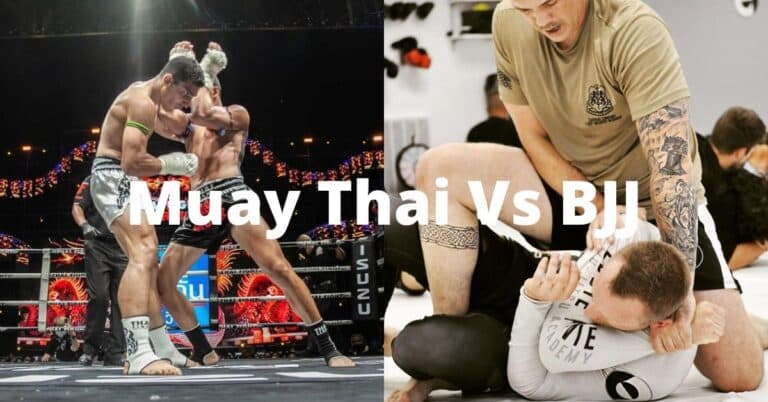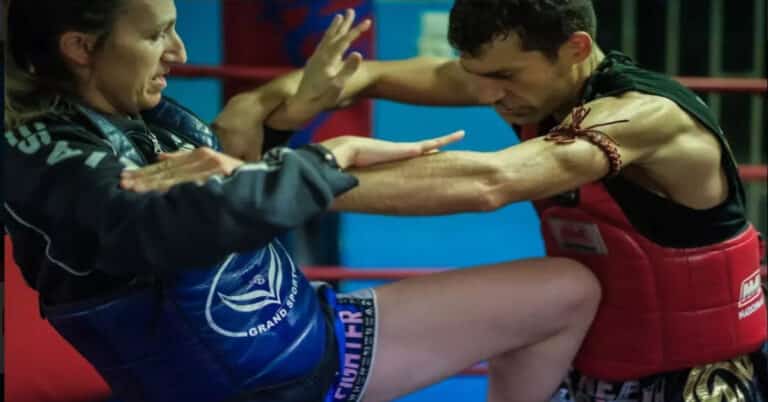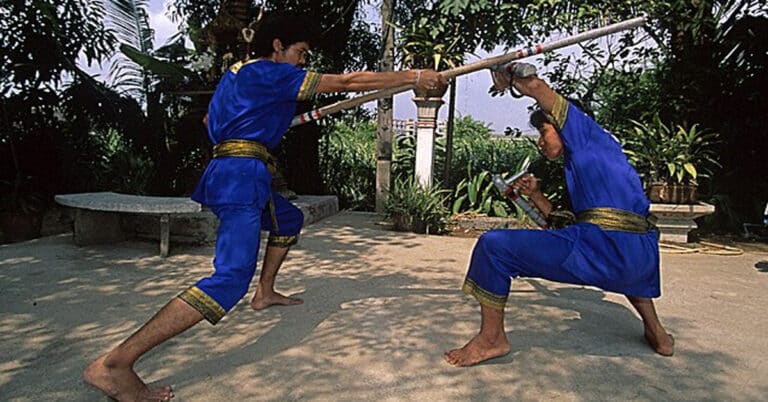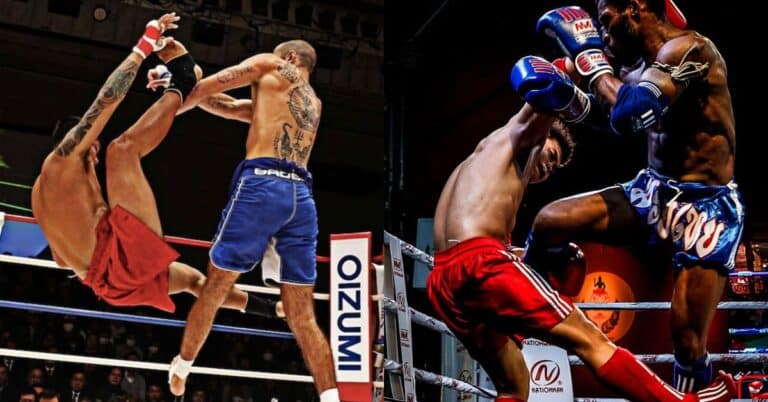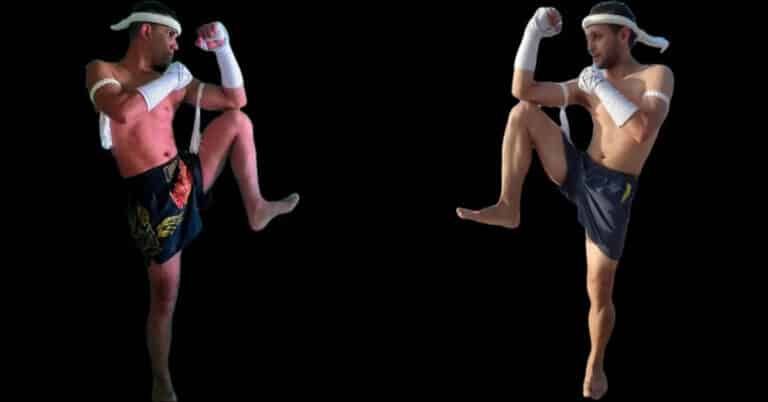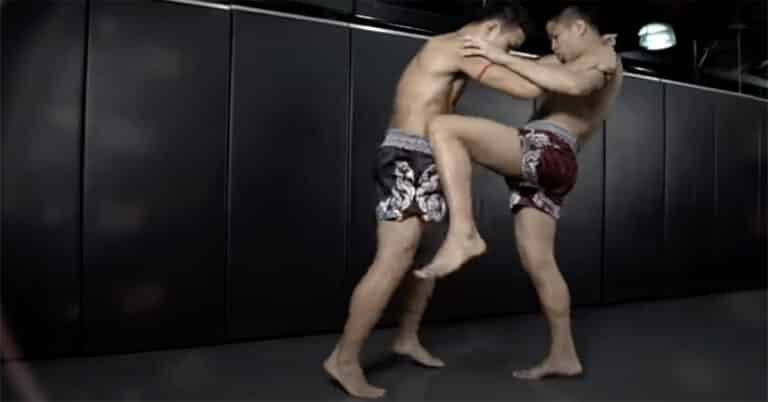Muay Luang “Royal Muay” – A Martial Art of Kings
Muay Luang, also known as “Royal Muay,” stands as a historically rich martial art. It links back to the roots of traditional Thai fighting styles, from Muay Boran to Muay Thai. This ancient form of combat is not just a fighting form, it’s heritage of the Thailand’s past warriors and kings.
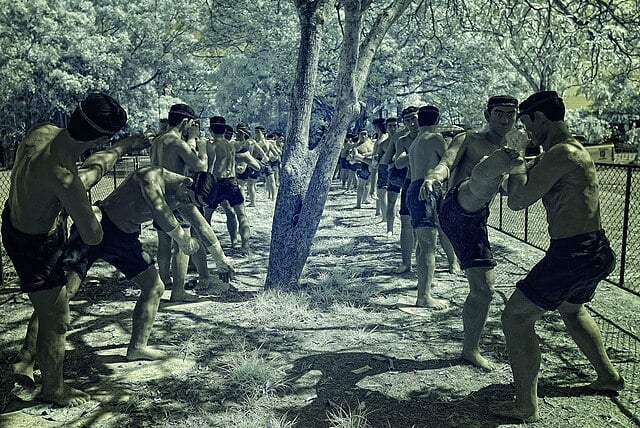
What is Muay Luang?
Originating from Muay Boran, the predecessor to modern Muay Thai, Muay Luang distinguishes itself by its unique techniques and forms. The most interesting aspect of it is its royal association. Most notably, with the Tiger King, Phra Chao Seua.
What makes Muay Luang particularly interesting is its combination of the most effective strategies and techniques from differing Muay Boran styles. It was practiced by elite soldiers and bodyguards of the Tiger King. This martial art was not only a means of defense and combat but it was a symbol of prestige. Muay Luang was revered by the royalty of the time.
For Muay Boran, there were multiple forms that emerged, such as Muay Lopburi, Muay Korat, Muay Chaiya, and the weapons-based system Krabi Krabong. These earn their name from the region they originated and each carry a unique style and differing techniques.
Historic Background and the Tiger King
The roots of Muay Luang, or Royal Muay, extend to Thailand’s history, intertwining with the figure of the Tiger King, Phra Chao Seua, the King of Ayutthaya from 1703 to 1709. His reign marked a chapter in the evolution of this martial art as he immersed himself in Muay Boran. The Tiger King’s love for Muay was so profound that he would often disguise himself and participate in Muay Boran tournaments. This was his way of engaging and understanding the fighting styles of his time.
This hands-on approach by the king significantly influenced the development of Muay Luang. By personally facing different styles, the Tiger King could combine the most effective techniques into a formidable style.
Phra Chao Seua left behind a textbook on this style, aiming to ensure that his knowledge and techniques would benefit future generations. While the existence and details of this textbook are shrouded in ambiguity, its supposed creation during his reign shows the importance he placed on preserving this martial art.
Kings, especially during the Ayutthaya period, actively supported and promoted Muay Luang. This royal backing elevated the status of Muay Luang. To show the importance, the formation of the Krom Nak Muay, a regiment of royal guards whose primary duty was to protect the king and the country.
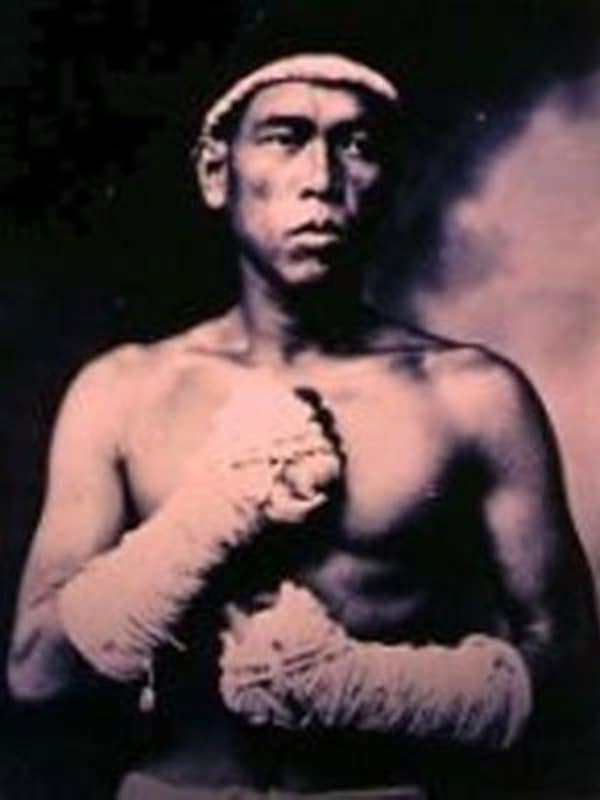
King Rama V’s Influence
King Rama V, a significant figure in Thailand’s history, played a pivotal role in elevating and promoting Muay Thai. He was the King of Siam from October 1868 to October 1910.
King Rama V promoted Muay Thai by organizing tournaments and establishing Muay Luang centers across the kingdom. These often served as a scouting ground for the King to find personal guards or Royal officers. The victors in these centers sometimes received personal invitations from the King to participate in prestigious tournaments, festivals, and international events.

Techniques of Muay Luang
Muay Luang is characterized by specific techniques and stances that make it distinct and effective. Here’s a breakdown:
- Stance:
- Legs shoulder-width apart for stability.
- Knees slightly bent, allowing for quick movements.
- Torso slightly turned sideways for defense and offense.
- Weight mainly on the front foot, rear foot on the toe pointing outward, similar to Muay Korat.
- Arms positioned like in Muay Chaiya – lead arm near eyebrow for head defense, rear arm covers the chin.
- Defensive Principles:
- Muay Luang incorporates key defensive moves like parrying (Pong), blocking (Pad), closing (Pid), crossing (Poed), smashing (Tha), swaying (Yan), ducking (Loh Lo), slipping (Lop Lik), and catching (Chap Rang).
- Offensive Techniques:
- Uses all nine traditional Muay Thai weapons (Nawatawut): hands, shins, elbows, and knees.
- Includes sweeps (Kwad), throws (Tum), breaks (Hak) for varied attacks.
- Features ‘Kon Jujom’ or ‘incursive techniques’ for preemptive strikes.
- Combines various weapons in attacks (Ruam Mai or Ruam Awuth) and employs jump attacks (Gradot).
- Incorporates traction (Duung) in some strikes for added force.
- Signature Moves:
- Many standard Muay Thai techniques, including the 15 Mae Mai and 15 Look Mai, originated from Muay Luang’s Kon Muay Kae.
Final Thoughts
Muay Luang, or the Royal Muay, is a story of majesty, combat, and cultural pride. Its journey from the royal courts of ancient kings to contemporary gyms around the world shows how powerful it is. The techniques and principles of Muay Luang, though evolved and adapted over time, continue to influence modern Muay Thai.


